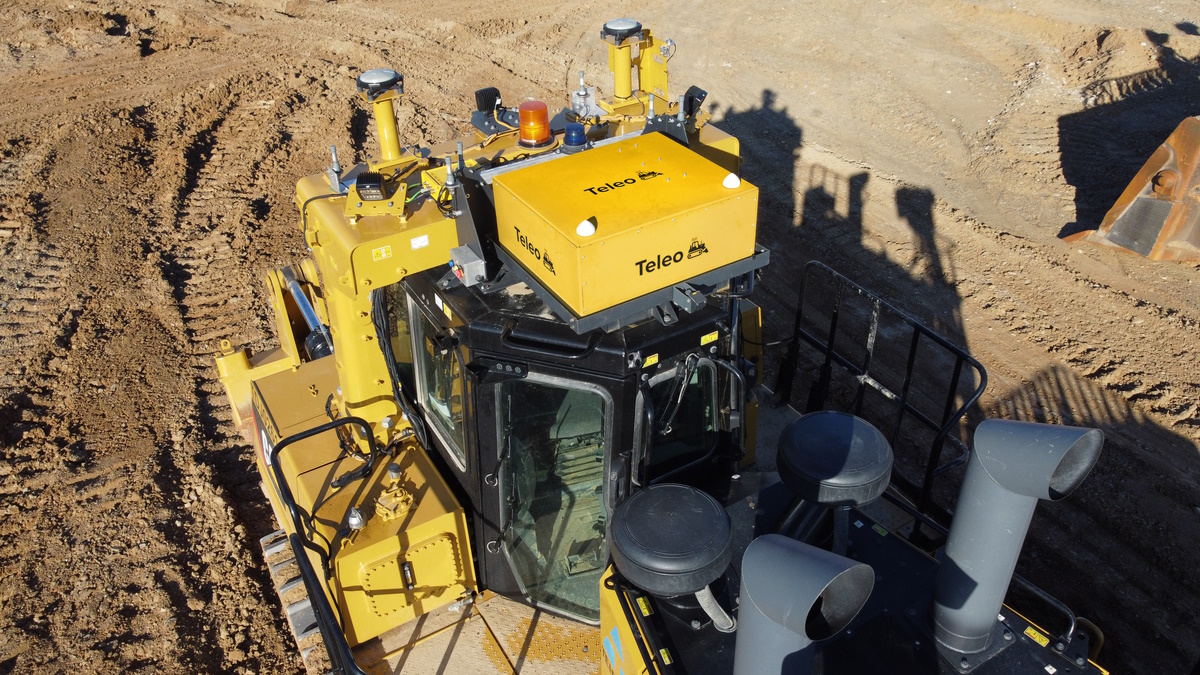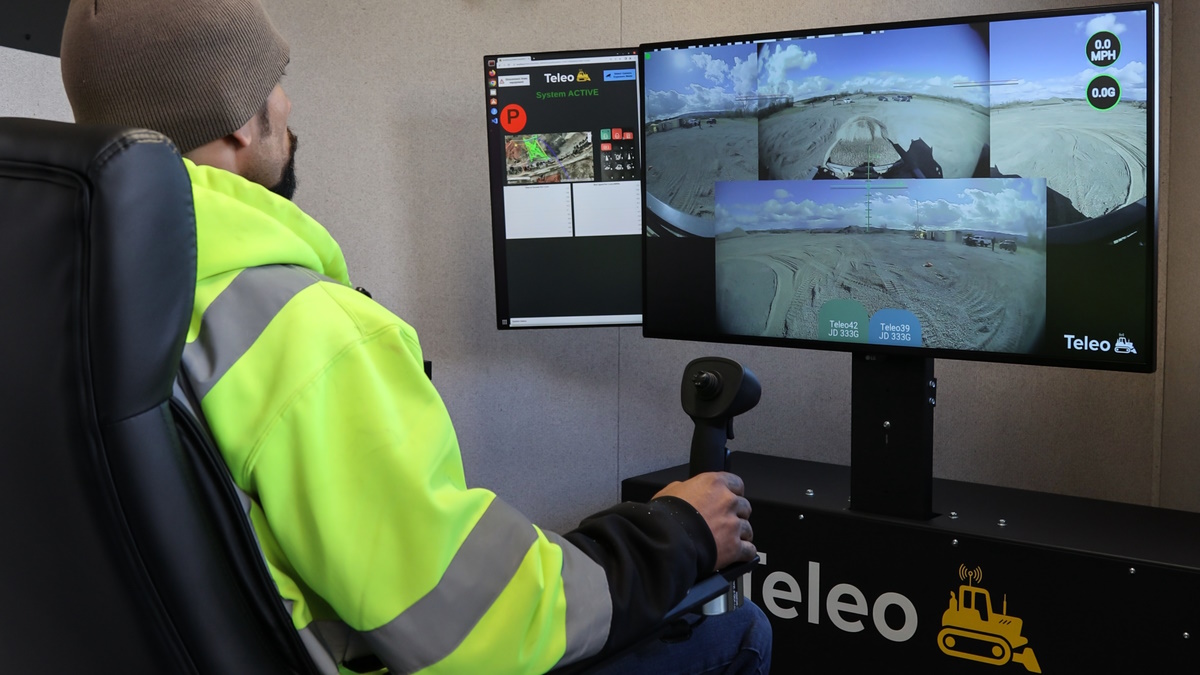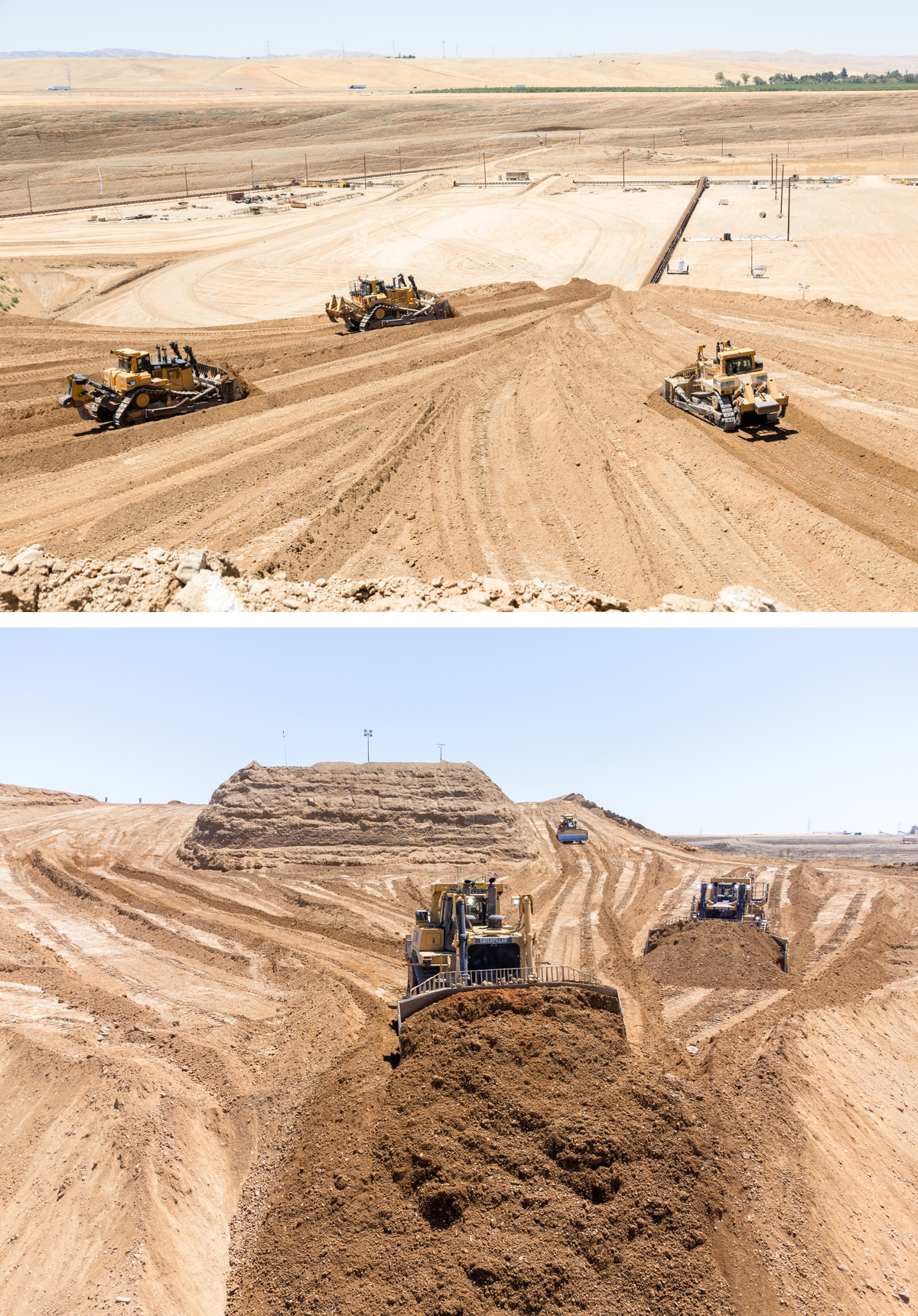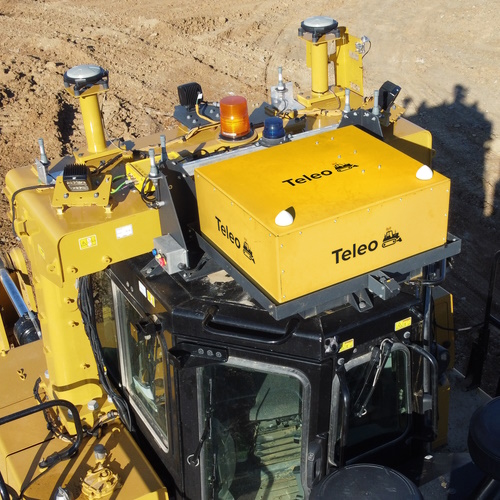I have a friend. Why are you laughing? It’s true. We’ll call my friend Howard (because that’s his name). Howard works for a company called Eutaw Construction, which—I just discovered—is named for the strong Eutaw clay prevalent in Northeast Mississippi and Alabama.
Howard and your humble narrator (I pride myself on my humility) are part of a small group of like-minded fellows that gather once a week to watch a couple of episodes of Doctor Who. We commenced congregating sometime around the middle of last year, beginning with the reboot episodes from 2005. Now we are poised to start Series 6. The next time we meet, we will be watching The Impossible Astronaut and Day of the Moon, which will doubtless set the group abuzz. I’ve seen every Doctor Who program multiple times (I started with the very first episode on Saturday 23 November 1963 when I was 6 years old), but it’s wonderful to see these little beauties once again with people who are experiencing them for the first time.
By some strange quirk of fate, Howard was here in my office just a week or so ago because he had foolishly expressed an interest in seeing some of my hobby projects, like the ping pong ball-based lava lamp and the animatronic robot head created by my friend, Steve Manley, in the UK.
During our visit, Howard told me about Eutaw Construction, which—as we read on their website—“Is proudly comprised of over 400 dedicated employee-owners who fill the critical roles of management, project management, estimating, survey, field supervision, foremen, operators, mechanics, laborers, safety personnel, finance and administration, and clerical support staff.”
According to Howard, Eutaw Construction is an awesome company to work for, not least that it’s based on a 100% ESOP (employee stock ownership plan), which is rare in the heavy civil construction industry. I now know that, once my pension plan comes to fruition (i.e., when I win the lottery), should I feel a desire to build any highways, bridges, or utility projects, engage in any large-scale site construction, or add an airfield to accommodate my private airplane, then Eutaw Construction will be my one stop shop.
The reason for my waffling about this here is that I’ve recently developed an interest in the automation of heavy equipment for use in agriculture and civil engineering. This all started when I was introduced to a Autonomous John Deere Tractor That Farms All Alone, and continued when I was exposed to some awesome agricultural drones from a company called Hylio, which certainly answered any questions I might have had along the lines of Are Agricultural Drones Poised to be the Next Big Thing?
When Howard started to regale me with all the heavy equipment owned by Eutaw Construction—bulldozers, trackhoes (which I now know to be excavators with tracks), motor graders, scrapers, and tractors and pans, I immediately inquired as to whether these bodacious beauties were automated to any extent.
Howard responded that their equipment was “semi-automated.” He went on to explain that Eutaw Construction employs automation from a company called Topcon Positioning Systems. When the folks at Eutaw first started becoming interested in automation several years ago, they evaluated the various contenders and determined that Topcon, which has 2,000 employees around the globe, offered the best, most affordable, and easiest-to-use solutions to address their automation needs.
Eutaw’s bulldozers and trackhoes/excavators are purchased direct from Komatsu with Topcon’s systems already pre-integrated (Topcon and Komatsu have a long running partnership). By comparison, Eutaw retrofits Topcon’s technology into their motor graders and scrapers from Caterpillar, and also into their tractors from John Deere (with pans from John Deere or Ashland).
So, what do we mean by “semi-automated” in this context? Well, all of this equipment still requires a human to be “behind the wheel,” but that human can simply set the desired depth of a trench, the intended extent of a scrape, or the required grade of a…well, grade, I suppose… and the equipment does the rest. Topcon’s technology employs a range of sensors, including regular GPS, lasers, and millimeter GPS (which combines regular GPS and laser-generated data to tighten vertical accuracy to a few millimeters). Howard says that they also employ geofences on their larger operations to maximize efficiency.
Howard tells me that Eutaw’s current use of semi-automation has significantly increased productivity, so I can only imagine what he’s going to say when he reads this column and sees the next generation solutions being proffered by a relatively new kid on the automation block called Teleo. As opposed to “semi-automation,” Teleo’s technology is better described as “supervised automation.”
I was just chatting with Vinay Shet, who is co-founder and CEO at Teleo. Vinay explained how Teleo is revolutionizing heavy equipment operations by turning any piece of construction equipment into a semi-autonomous robot, resulting in greater performance, efficiency, and insight than ever before.
Full autonomy is still sometime in the future, but Teleo is building incrementally toward full autonomy while delivering meaningful value at each step along the way. Vinay says that this all starts by retrofitting existing heavy equipment (bulldozers, reloaders, etc.) with Teleo’s supervised autonomy technology as illustrated below:

Teleo technology is retrofitted onto existing heavy equipment (Source: Teleo)
Once a piece of equipment has been augmented in this way, an operator can drive the machine from the comfort of a remotely located control center as illustrated below:

The operator can control the heavy equipment from a remote location (Source: Teleo)
The operator can do everything they could do if they were sitting in the machine itself. Now, you may be thinking that this is all very nice for the operator, sitting in a warm (or cool) environment while the machine labors in the great outdoors, but how does this help improve efficiency and productivity?
Well, the first point is that a single operator can “jump” from one machine to another as required. This may not sound particularly exciting until you realize that these machines may be located thousands of yards apart.
Even better, in some situations the operator can put one machine into an autonomous mode—perhaps tell it to move from its current location to a different local where its services are required—and then leave it to complete that task on its own while the operator takes control of a different piece of equipment.

A single operator can instruct multiple machines to perform tasks autonomously (Source: Teleo)
Your knee-jerk reaction may be that this is a little scary. Do we really want humongous earth-moving machines to be charging around the landscape (and changing the landscape) on their own? What happens if some silly human happens to be out for a stroll, or if one of their coworkers has dug a 20-foot trench across the road as a joke (construction worker humor—what can you say?)?
Well, happily, Teleo’s technology includes sufficient artificial intelligence (AI) such that the machines can perform object detection and recognition, stopping and alerting the operator if they determine a problem has arisen. I don’t know about you, but I’m in the mood for a video showing all of this in action.
Now, you might be forgiven for thinking, “Is this just technology for technology’s sake?” The short answer to this would be “No.” A more fulsome response might be, “Construction and mining work is skilled, physically demanding, and often dangerous. Teleo’s technology will make workers’ lives easier and safer.”
“Ah Ha!” you might respond, “but won’t this technology also result in workers losing their jobs and livelihoods (as opposed to losing their lives)?” Well, according to the Associated General Contractors of America, 91% of construction firms are having a hard time finding workers to hire, which results in costs being driven up and projects being delayed. As we discussed above, Teleo’s supervised autonomy technology enables remote and semi-autonomous operations of any make and model of heavy construction equipment, with a key benefit being that each operator can control multiple machines from the comfort of a command center.
It looks like people are starting to take note. Just a couple of weeks ago at the time of this writing, the folks at Teleo announced deals with construction customers John Aarts Group, Teichert and Tomahawk Construction for remote-operated wheel loaders, bulldozers, and dump trucks, respectively. In addition, Teleo has announced that the company is expanding globally through a new dealer partner network spanning the United States, Canada, and Europe with partners Dobbs Positioning Solutions, RDO Equipment Co., SMS Equipment Inc. and SR-O Technology.
I don’t know about you, but I find all of this to be tremendously exciting. Automation is progressing in leaps and bounds (and I’m not talking about the leaps and bounds exhibited by Boston Dynamic’s Atlas robot). I’m trying to imagine where things will be 10 or 20 years from now. How about you? Do you have any thoughts you’d care to share on anything you’ve seen here?





